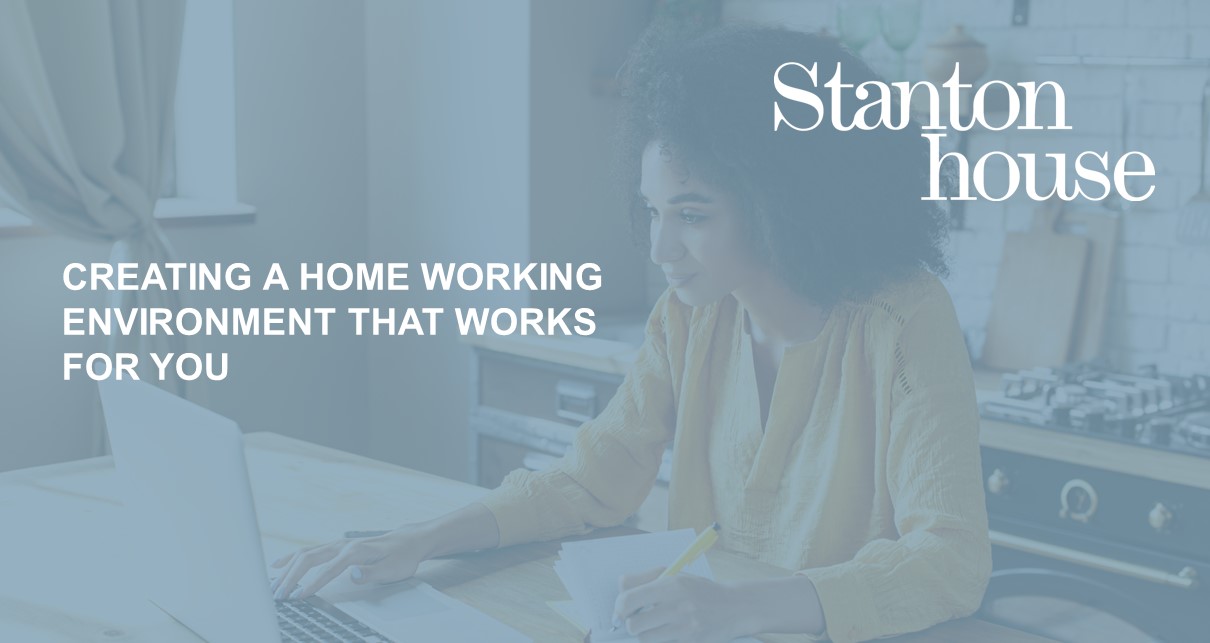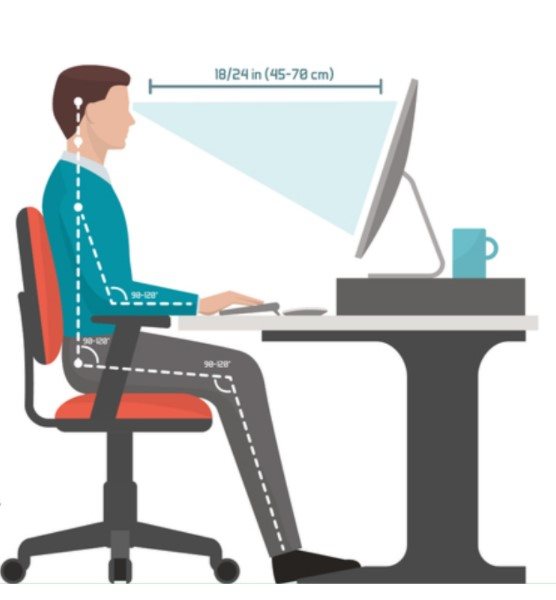

Just as many of us had started to return to the office, a second lockdown now looms. The prospect of living and working from home - all of the time - is not a pleasant thought to have to come to terms with once again.
As such, it is so important that we look after our mental and physical wellbeing and ensure that we continue to instill healthily remote working habits in these difficult times. Creating a dedicated, comfortable remote workspace is one of the most important things we can do to stay productive and healthily.
So, if you haven’t taken all of the steps needed to create a home working environment that works for you and you’re still putting up with desk set-up, furniture or equipment bugbears - now is the time to rectify these issues. Your employer might also be moving towards more flexible, remote working post Covid-19, so it really is worth taking the time to re-think your setup and make it suitable for the longer term.
For example, if you managed to work ok from your sofa last time it might now be worth considering the benefits of a separate workspace or zone (if possible) where you can work without distractions. Not only will this benefit your levels of focus and productivity, but importantly for your mental health, it helps separate your day-to-day life from your work. Likewise, it is important that you have comfortable furniture and an ergonomic set up.
A good desk set-up
You might assume everyone automatically sits ‘correctly’. But it turns out sitting is a bit of an art and doing it wrong can affect all different parts of your body. Poor posture can cause repetitive strain injury (RSI), headaches or aches and pains elsewhere. The NHS outlines the following factors as essential in how to sit at your desk correctly:

Adjust your chair
The best chairs for working are adjustable, so that you can move the height allowing you to use your keyboard properly. This is with your wrists and forearms straight and parallel with the floor. Your elbows sit rest by the side of your body, with a 90-degree angle at the elbow joint.
Support your back
You should also be able to adjust your chair so that it supports your lower back. You can do this by changing the back position and tilt options. Your knees should be slightly lower than your hips.
Have your screen at eye level
If a screen is too high or low, you’ll be bending your neck all day. Instead, your screen should be directly in front of you (roughly an arm’s length away). If you use a laptop, you can place it on a laptop stand and use a separate keyboard to achieve this.
Have the keyboard straight in front of you
When typing, you want the keyboard to be right in front of you, making sure your arms are still bent in an L-shape with your elbows at your side. You can leave a gap of around 4-6 inches at the front of your desk to rest your wrists when you’re not typing. Some people use wrist rests for extra comfort.
Rest your feet on the floor
Your feet should be flat on the floor. Some people also use a footrest if that feels comfortable. You shouldn’t cross your legs.
If you have difficulties in doing any of this speak to you employer, they may be able to help with practical solutions. After all, an uncomfortable, poorly thought out workspace can affect your productivity.
Finally, here is a really helpful guide to creating a healthy and productive workspace. It shares key facts and statistics about working from home, the technological and cultural challenges faced by remote workers as well as practical tips and advice to manage health and maintain work-life balance whilst working from home.
Similar blogs




